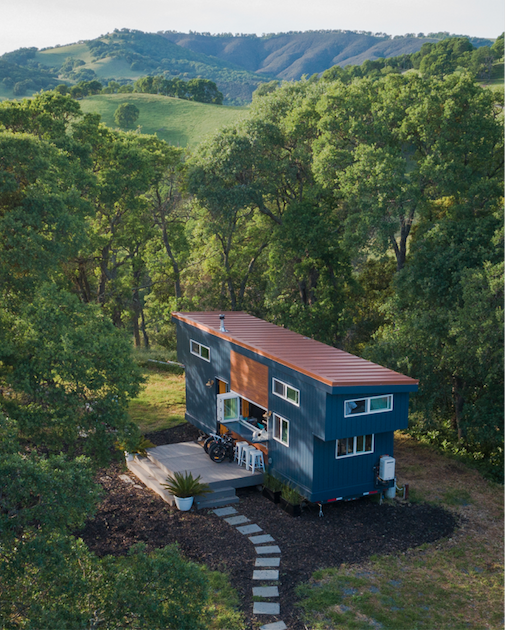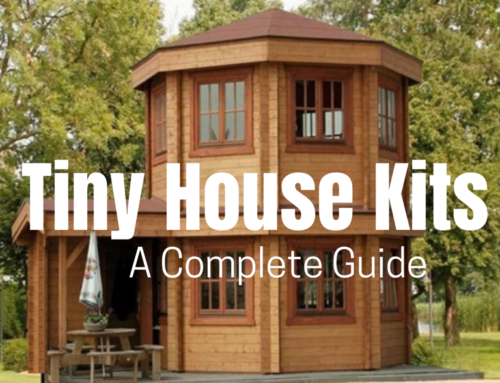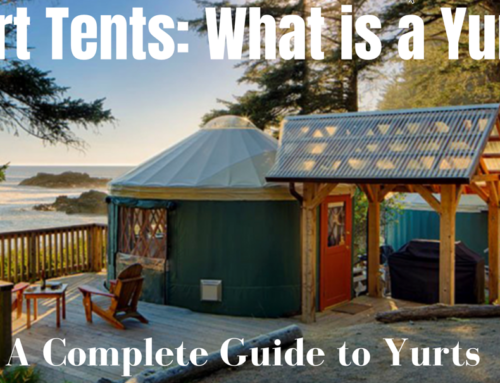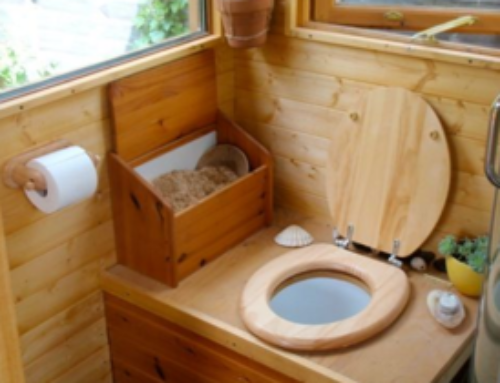Finding Land for Your Tiny House

Finding land for your tiny house can be a daunting task. The tiny house movement attract an ever-increasing number of people planning to save on exorbitant rents or mortgages and engage in the minimalist lifestyle. Although the prospect of taking advantage of significant savings and exiting the rat race can be appealing, tiny homeowners need to consider a number of factors before making the move.
The major challenge associated with this lifestyle is finding land for your tiny house. Zoning laws undermine the dream of many. On the other hand, some laws make it illegal to erect tiny homes even if you own the land. The cramped spaces also present considerable challenges because they can only support a minimalist lifestyle. A number of tiny houses come with compost toilets while others have indoor plumbing.
In densely populated areas, such as the New York metro area, movable tiny homes are not allowed. In most cases, municipalities stipulate minimum lot or home sizes that are not well suited to the tiny home concept. At the same time, small lots are not easy to find. Building codes typically create complications for tiny houses with foundations. As a result, zoning laws and building codes force the majority of micro homeowners to occupy land illegally.
People living in recreational vehicles are usually constrained by laws that specify maximum periods they can stay on a piece of land. For many, flouting zoning laws is a fascinating part of the tiny home lifestyle that is celebrated.
On the upside, an increasing number of municipalities are embracing the concept by legalizing ordinances that control backyard structures and accessory dwelling units. Tiny houses are now allowed to share space with existing homes in areas, such as Nantucket, MA, and Fresno, CA.
Tips to Finding the Perfect Land
Buying Land
Accessory dwelling units (ADUs) provide a practical solution for anyone looking to find land for a tiny house. This follows the easing of restrictions by some municipalities. Many people are working tirelessly to secure land that is ideal in terms of price, location and size. The major driving force behind the trend is economics since traditional properties are pricier.
To find the right lot sizes, consider searching online on platforms like Land and Farm, Zillow and LandWatch. These websites allow you to find vacant land in different parts of the country. You can conduct the searches based on variables like price, location and lot size. The prices for the land varies depending on factors like location and accessibility. In city centers, the land is typically more expensive and unsuitable due to complicated zoning restrictions and building codes.
Using a Local Network of People
Networking with other tiny home dwellers is a viable way to boost chances of finding land. This approach has helped many people since local networks have access to up to date information on the availability of land. Real estate professionals can be valuable members of the network, particularly when planning to buy land. You can discover leads that can help you find a solution to your specific needs and budget. Some realtors specialize in several niche markets, including tiny houses.
Many people struggle to find land because they are not convinced that local networks are useful. However, this can be true if you do not have a good mailing list that simplifies the search. It is important to take advantage of different types of local groupings, including university clubs and other communities of open-minded people.
When it comes to paying for the land, you should keep in mind that it is more difficult to finance land through conventional loans. You cannot always leverage land in a loan with a financial institution.
Leasing Land
Leasing land for tiny house living is a popular way to solve problems associated with finding the ideal space. When opting for this route, it is vital to consider rates in a given area and potential increases in rental rates over time. The intended duration of stay at the property is also a key factor.
You can find information on land available for lease via online platforms, real estate firms and local networks. It is possible to find good deals in out of town areas. The prices can range from $120 to $1,500 per month depending on a host of factors. Renting land in Sheridan, Wyoming is going to be cheaper than renting land in Santa Barbara, California.
Use the Internet and Craigslist
A number of online platforms specializing in tiny home listings provide a convenient way to find suitable land. The same applies to classifieds like Craiglist, which are also useful when hunting for land offers in different parts of the country. The platform offers access to ads for land, tiny home building materials and more.
You can post a description and a photo of your home to show property owners the kind of space you need. This allows property owners to determine the suitability of their land based on specific requirements like the availability of utilities and lot size. It is common for landowners to consider leasing the land for tiny home living after taking a look at the proposed structure.
Farms
LandWatch is a platform designed to help tiny home dwellers find space on farms and other rural properties. Some farmers are more willing to accept people keen on helping with some work on the farm.
Looking for land on a farm as a group of tiny homeowners improves the chances of success because farmers are willing to offer sizable patches of land than small lot sizes. This means going it alone may compromise your ability to convince a property owner to accept your offer.
Tiny House Communities
Tiny house communities are starting to pop up all over the United States, and they make for great vacationing spots. Whether you are looking for a permanent location for your tiny house, or just a summer getaway, these tiny house villages will fulfill your needs.
For example, Cedar Springs Tiny Village, located in New Paris Ohio, is one of those tiny house getaways.
Cedar Springs Tiny Village offers a lot for your tiny house so you can enjoy a beautiful lake view, with hook-ups for electricity, and water. You can also enjoy the amenities of the Natural Springs Resort, which includes a beach area, passes to a pool, scuba diving, and more!
This is just one of many tiny house communities that are quickly growing in popularity around the United States.
Navigating Zoning and Building Codes
Zoning restrictions and building codes present a formidable challenge for tiny homeowners. Fortunately, it is possible to find a workaround to deal with the restrictions, such as building a slightly larger home that keeps the cost low. Doing so makes it easier to comply with restrictions on minimum lot sizes. Experienced dwellers recommend consulting the local municipality to understand the basic requirements and avoid any surprises.
Conclusion
To realize your dream of finding a good space to park your home, consider employing a variety of strategies. From cold calling property owners and leveraging local networks to using online platforms like TryItTiny, you are sure to maximize chances of a positive result.






[…] and then later become ready to accept anything coming in their way. So, before your house is built, Finding Land for a Tiny House and deciding its size needed, budget, and location are […]